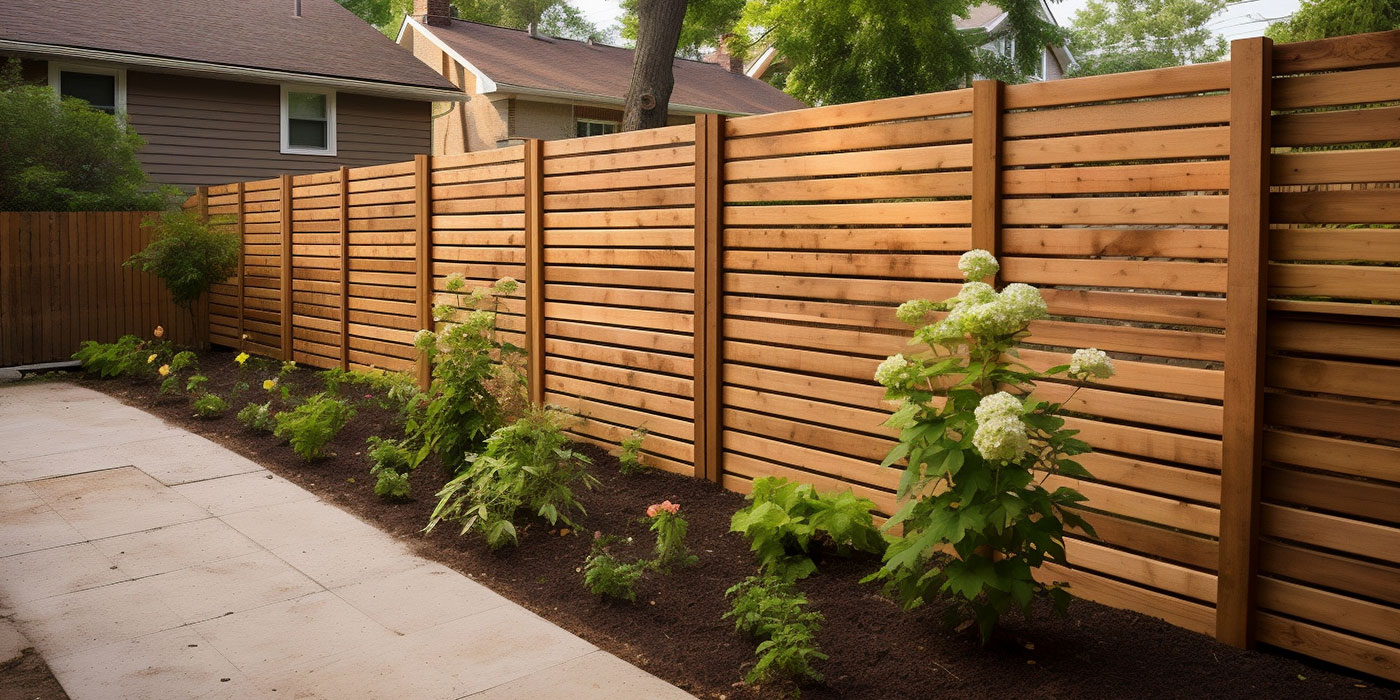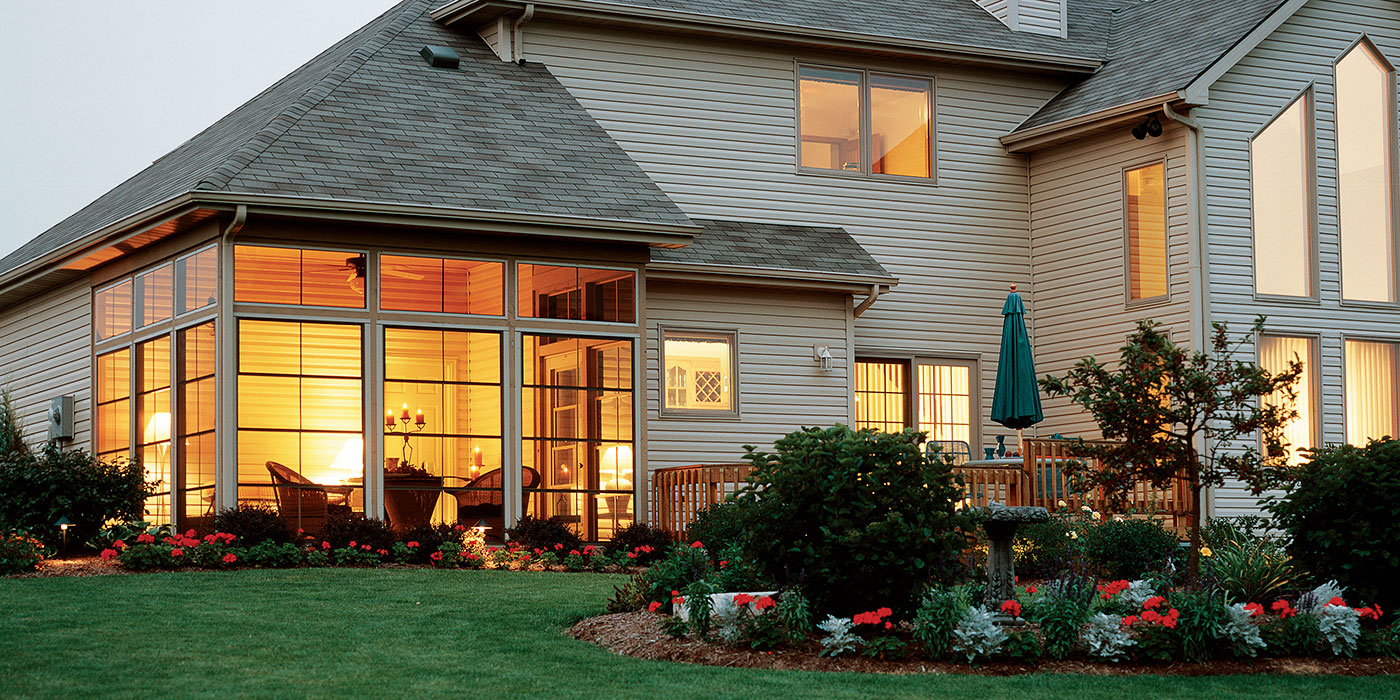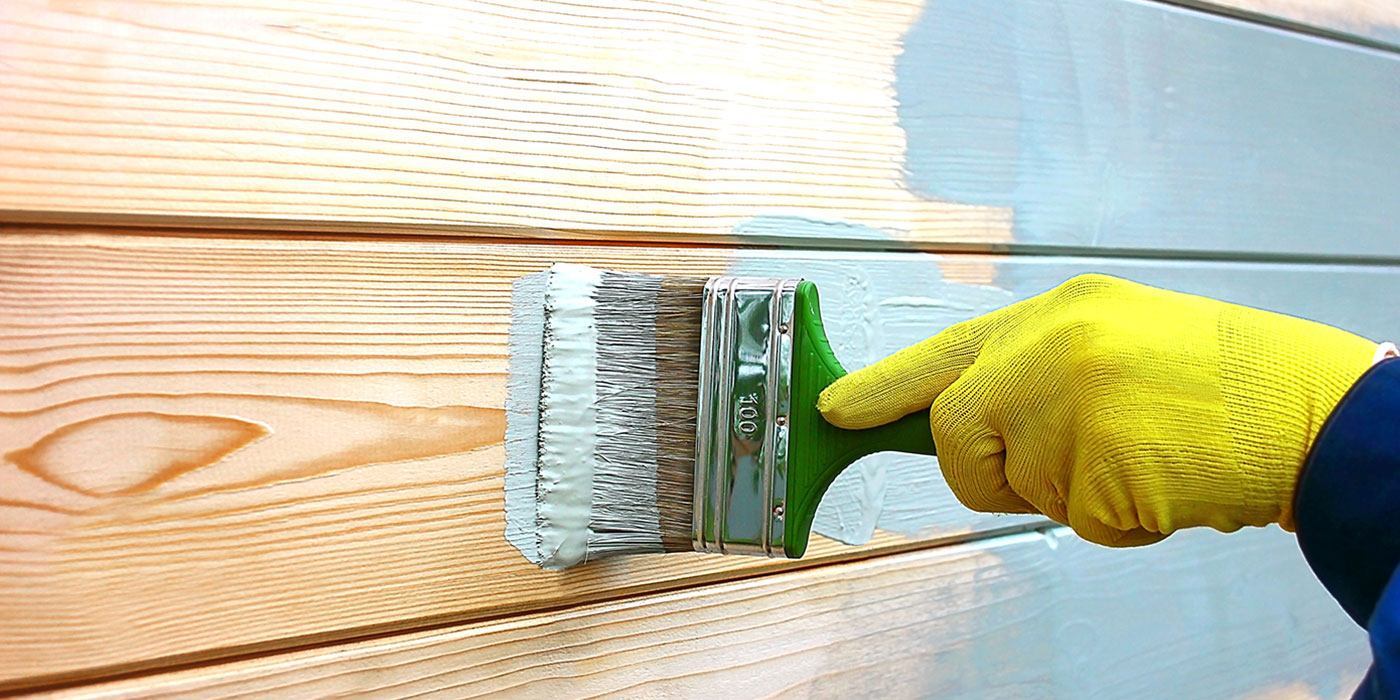A well-designed wood privacy fence is not only beautiful to look at, it also adds security to your property. It conceals your yard from your neighbours while simultaneously blocking unwanted views of the surrounding area. A wood privacy fence can be designed as a subtle backdrop or as a landscaping feature that complements the architecture of your home.
Building a fence is an easy DIY weekend project that requires careful planning.
You will need to locate your property line and find out what the municipal restrictions are. Consider your terrain when choosing a fence design. If you have a sloped yard, choose a fence style that will work well either on an incline or stepped down. Whatever you’re thinking for your fence project, don’t be afraid to get creative. TIMBER MART has the lumber, supplies and the expertise to help you design the ideal fence for your property.
Fence rules

Most municipalities allow homeowners to build fences around their property within the property line. There are usually municipal bi-laws dictating how close to the property line you can build, how tall the fence is allowed to be and what the fencing material is. Because local bylaws can be enforced with possible legal action, it’s important to make sure your fence conforms with all local restrictions.
If you want to build your fence either on the property line or adjacent to it, you will need your neighbour’s permission. For fences built directly on the property line, the cost is shared by both property owners and so is the cost of maintenance. For fences built within your property line, the cost and ownership is yours alone and your neighbour will need permission from you to attach anything to the fence unless local bylaws permit this. If your neighbour refuses to share the cost of the fence, it’s better to build the fence entirely on your side of the property, then the ownership is entirely yours. It should be noted that most areas will not allow a spite fence which is a deliberately ugly fence that faces an unfriendly neighbour. That neighbour could sue you to have the offending fence removed.
It’s the responsibility of the property owner who is building the fence to find the property line and build the fence accordingly. A property survey can help locate the property line by indicating the location of metal spikes in the ground that mark the property corners. A straight line from spike to spike is usually the property line. If there is no land survey available, you may have to pay to have your property surveyed.
Another thing to consider is if you live on a corner lot, your fence cannot obstruct the sight-lines of drivers at the intersection. Building a fence does not typically require a building permit unless you are building a fence around a pool or on top of a retaining wall. When planning your fence project, educate yourself on all the local restrictions and let your neighbours know your plans.
Even if you don’t expect your neighbours to share the cost of the fence, letting them know you’ll be doing work between your properties is the polite and neighbourly thing to do.
When you’re ready to build your fence, visit your local TIMBER MART. Our team of building experts will be able to assist with fence design and, depending on the location, may be able to help with installation.



